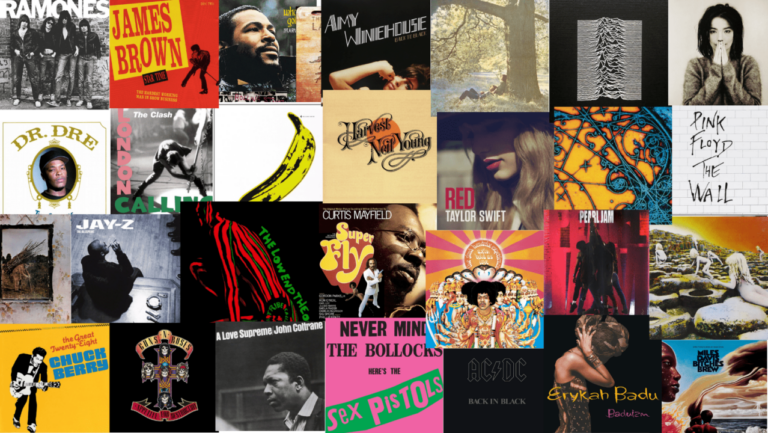Rollerblading, known in more formal terms as inline skating, has seen its waves of popularity, both as a sport and as a cultural phenomenon. From its conception to its zenith of popularity in the 1990s and its subsequent decline, rollerblading has witnessed numerous changes, adapting to the times and audiences it served.
Origins and Early Popularity

The roots of rollerblading can be traced back to the 1700s, when a Belgian inventor named John Joseph Merlin demonstrated his invention of inline skates at a masquerade ball in London. However, it wasn’t until the late 20th century that rollerblading as we recognize it today began to take shape.
The modern form of rollerblading was born in the early 1980s when two Minnesota hockey players, Scott and Brennan Olson, discovered an old inline skate in a sporting goods store and recognized its potential for off-ice hockey training. The Olson brothers improved the design and founded Rollerblade, Inc., in 1983, which soon began mass-producing inline skates.
The 1990s Boom
The 1990s saw rollerblading explode in popularity. Cities worldwide witnessed a proliferation of skaters weaving through streets and parks. By the mid-’90s, approximately 29 million Americans were rollerblading at least once a year.

A key factor in this growth was the versatility of rollerblading, appealing to various demographics. Fitness enthusiasts embraced it as an enjoyable cardio workout, while youth were attracted to aggressive skating—performing tricks on ramps and street furniture, akin to skateboarding. Events like the X Games further popularized aggressive inline skating, giving skaters like Chris Edwards, Arlo Eisenberg, and Brian Shima a platform to showcase their skills.
“It felt like you were flying. The speed, the wind, the freedom. For many of us, it was more than just a sport—it was a lifestyle“
– Arlo Eisenberg
Challenges and Decline
However, the new millennium brought challenges. Skate parks, initially welcoming to rollerbladers, became dominated by skateboarders, leading to a cultural rift. Inline skating began to lose its “cool” factor among youth, overshadowed by the rising popularity of skateboarding and BMX.
Additionally, the market was flooded with low-quality, inexpensive skates, which often led to a poor first-time experience for many users. Rollerblade, Inc., which had once held a near-monopoly on quality inline skates, faced stiff competition, causing dilution in branding.
“The very things that made it popular—the speed, the tricks—also made it intimidating for newcomers. The learning curve could be steep, and not everyone wanted to endure the bruises.”
– Arlo Eisenberg
By the early 2000s, retail giants like Sports Authority were reporting a 60% drop in rollerblade sales compared to the previous decade.
Modern Resurgence and Legacy
While the mainstream popularity of rollerblading waned, a dedicated community kept the sport alive. Social media platforms like Instagram and YouTube allowed rollerbladers to share their passion and techniques, leading to a mini-resurgence in the late 2010s and 2020s.
Modern rollerblading includes a blend of traditional aggressive skating, slalom, freestyle, and urban skating. Companies like SEBA and Powerslide have revitalized the market, offering high-quality skates tailored for various disciplines.
Rollerblading’s journey from a niche activity to a global phenomenon and then to a cherished pastime for a dedicated community exemplifies the ebb and flow of cultural trends. As with many sports, its legacy isn’t just in the number of participants, but in the culture, community, and personal memories it fosters.
References
- Cheever, T. (1996). Inline Skating in Contemporary Sport. Praeger.
- Eisenberg, A. (2002). Gone Aggressive: My Years on Wheels. Podium Sports.
- Rollerblade, Inc. (2000). The Story of Rollerblade: From Hockey to the World. Rollerblade Press.






2 thoughts on “The Rise and Fall of Rollerblading: Extreme Rise and Fall”
This website is an absolute gem! The content is incredibly well-researched, engaging, and valuable. I particularly enjoyed the [specific section] which provided unique insights I haven’t found elsewhere. Keep up the amazing work!
What i do not understood is in truth how you are not actually a lot more smartlyliked than you may be now You are very intelligent You realize therefore significantly in the case of this topic produced me individually imagine it from numerous numerous angles Its like men and women dont seem to be fascinated until it is one thing to do with Woman gaga Your own stuffs nice All the time care for it up